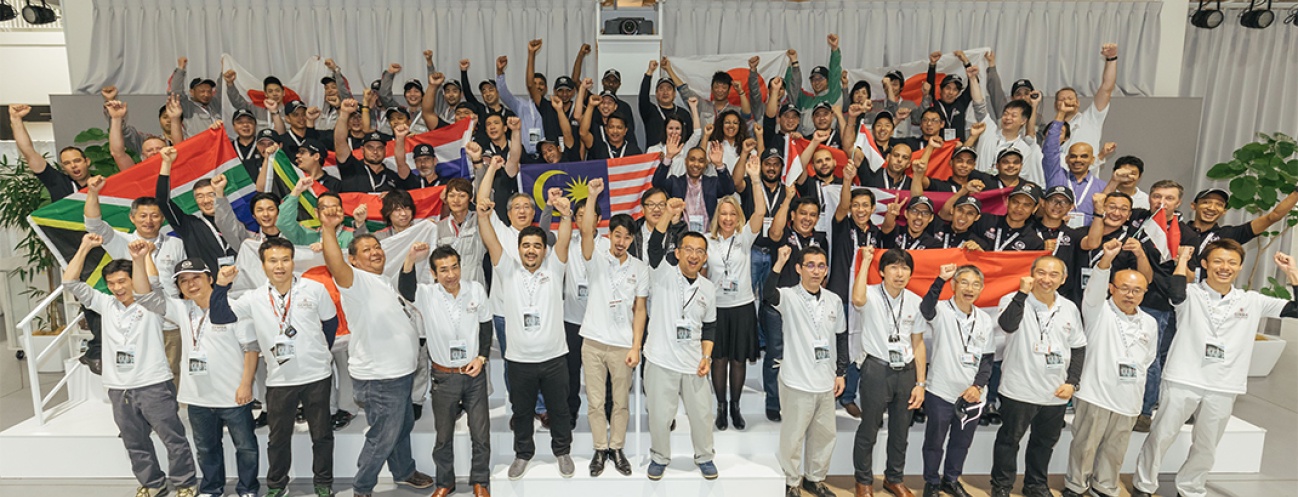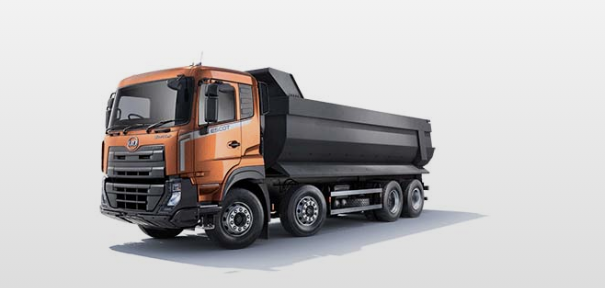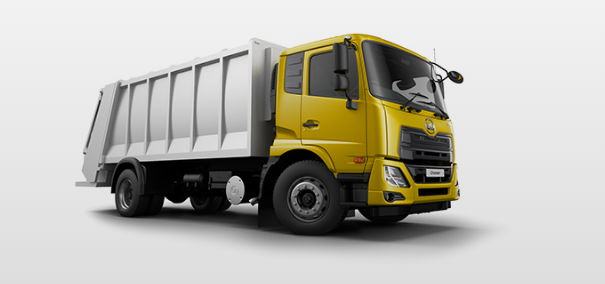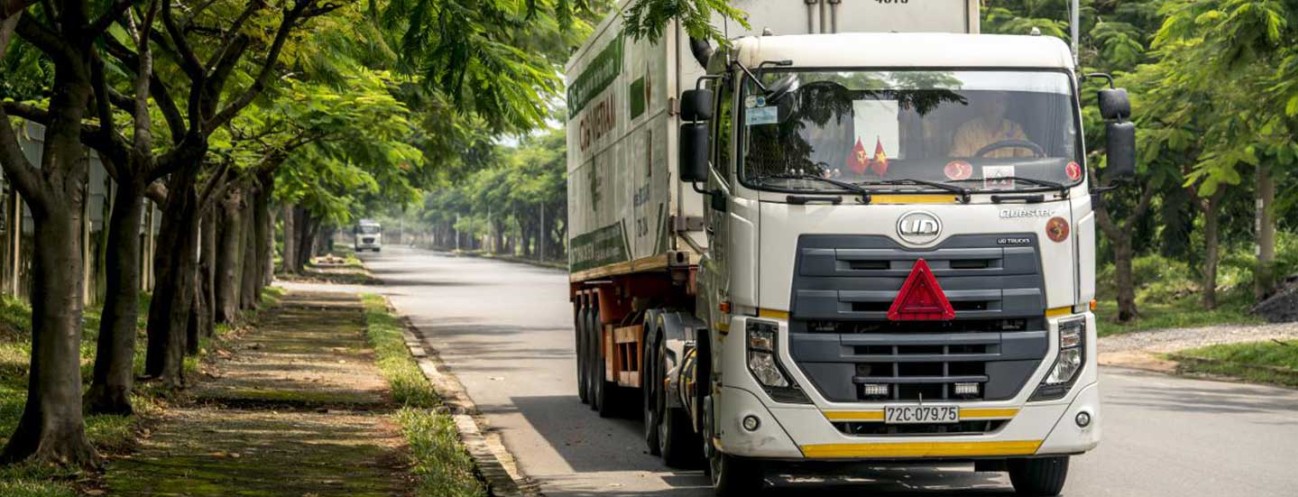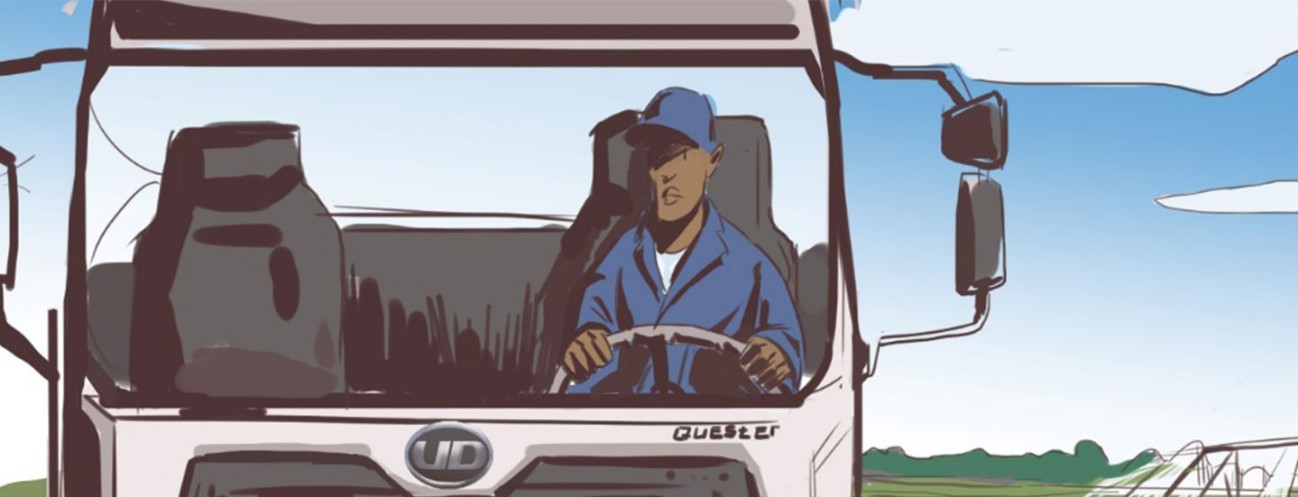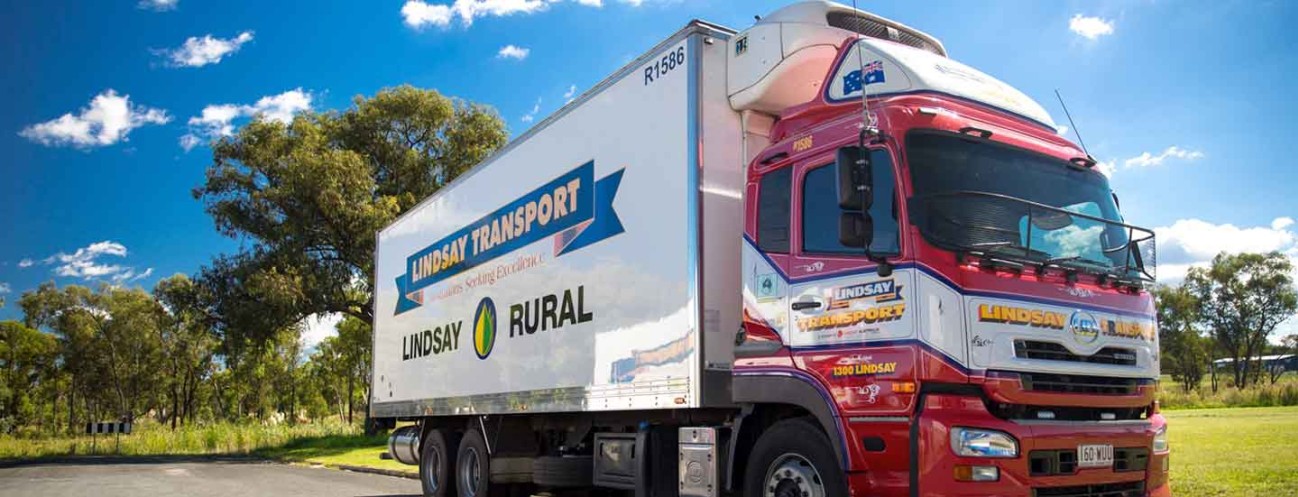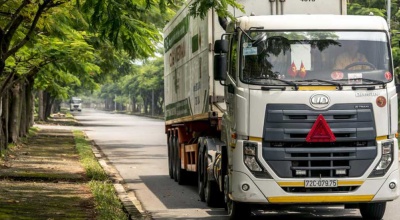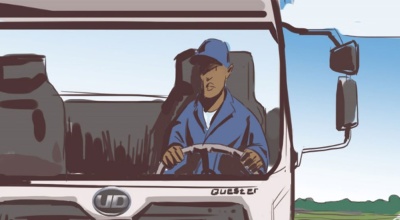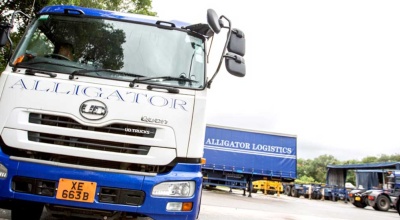The Stanthorpe depot of Lindsay Transport is located in the middle of the Granite Belt – running across the New South Wales-Queensland border. It marks the southern boundary of the Darling Downs — one of Australia’s most productive food bowls. Nowadays, consumers want everything, they want it fresh and they want it now. This is the problem Shane Wilkins and his depot solves, every single day.
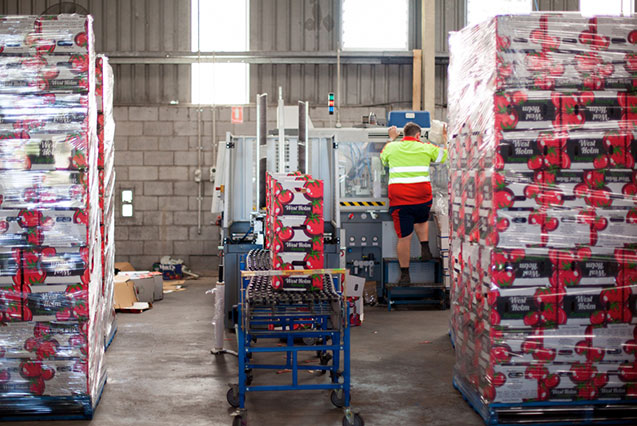
Consolidation
Shane Wilkins, the Manager of Stanthorpe depot summarizes operations by comparing it to a farming cooperative. “We help growers with their pick-ups, their transfers, their crate deliveries, their rural supplies, everything they want on that side of it,” he says. Across a day that starts at 6:30am and finishes at 11pm, Lindsay runs local vehicles to growers for pick-up before grouping produce together along parameters such as temperature, compatibility and freight load, and dispatching larger rigid body trucks and prime movers south and north to markets and supermarkets.
It can add up to a whopping 500 pallets of fresh produce a day. “It’s still all consolidated freight, even though it’s fresh produce,” Wilkins says. “That’s the challenge for us.”
The challenge is heightened by stricter quality controls and ever-tighter delivery times, to ensure maximum freshness. “Temperatures are checked regularly from pick-up to delivery,” Wilkins says. “Everything is time dated. Everything has stamps on it. There’s nowhere to hide. We have guarantees in place with producers and customers. That’s where we’ve built our name for reliability.”
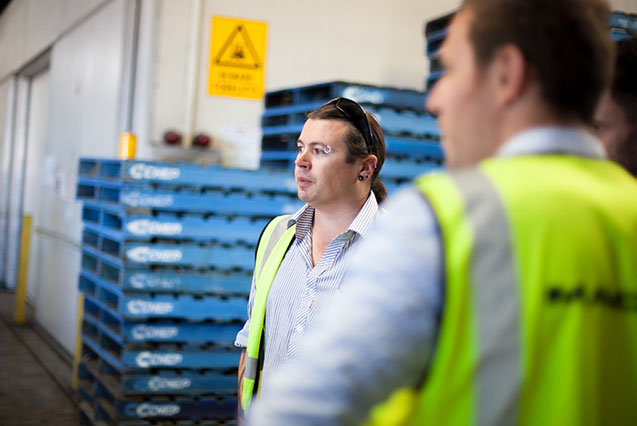
Reliability
This is the other word that comes up again and again when chatting to Wilkins about the success of Lindsay Transport’s Stanthorpe operations. Reliability in its business models. Reliability in customer service. And perhaps most of all, reliability in its equipment.
It’s the reason two new rigid body Quon CW 26 380 refrigerated trucks sit outside the depot, distinct from the rest of the Lindsay fleet despite the iconic cherry-red paintwork. The first unit arrived as a trial in November and was put to work on a daily 500-kilometer run to and from Brisbane. So impressed with it were Wilkins and his drivers, that when a second run was added earlier this year, Lindsay immediately opted for a second Quon.
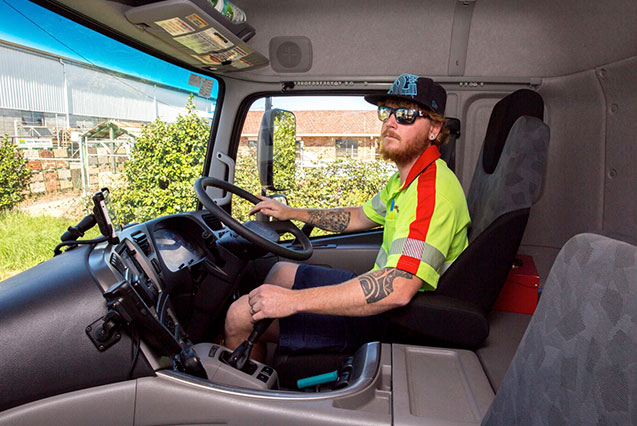
Daniel Gunnlaugsson, driver at Stanthorpe, counts himself as a fan of Lindsay Transport’s newly purchased Quons. Working in operations at the Stanthorpe depot, he’s one of just a handful outside of the regular drivers who has made the daily run to Brisbane in the trucks.
Taming the Cunningham
The Cunningham Highway is a notoriously tough ribbon of road. It twists and turns from the coastal plains near Brisbane all the way up to Warwick, 500 meters above sea level, before Lindsay’s trucks climb even higher along the final 60km stretch of New England Highway to Stanthorpe.
All that elevation adds up to a lot of fuel, but thankfully not so much in Lindsay’s new Quons. “They save us nearly 50 liters a day, per truck,” Wilkins says. “So that’s 15,000 liters a year, roughly. It’s huge.”
“It’s not known as the best road in Queensland,” Wilkins laughs. “With previous trucks, we might have to put airbags under the front axle. But with the UD it’s leaps and bounds ahead. It came from the factory exactly as we needed it.”
Looking after drivers
Truck driving isn’t what it used to be. In Australia the industry was once dictated to by its deadlines, drivers under pressure to do whatever it takes to deliver on time.
“You need to look after your drivers,” Wilkins says. “I would never ask a driver to do something I wouldn’t do myself. The trucks used to be all about being dressed up and looking flash. Now, with the UDs, they’re about comfort and making sure drivers can do their job. You need to address those fatigue levels and if we can take a bit of burden from them, great.”
The result? “At the end of the day, the drivers jump out of the trucks rather than fall out,” Wilkins laughs.
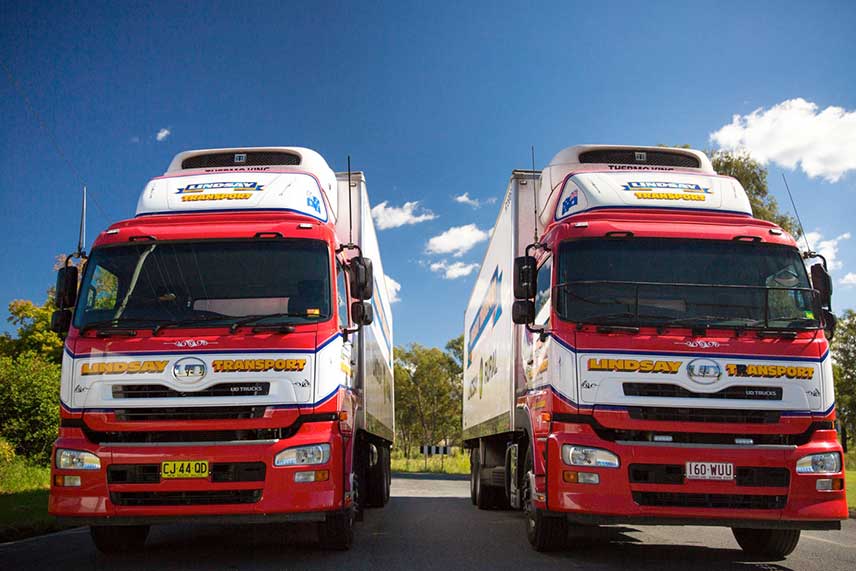
“These Quons do up to 4,000km a week so reliability is absolutely the number one priority. That’s what we were looking at with the first truck, followed by fuel savings,” he says. “And it delivered.
"I think UD have kept up with where the market needs to go,” Wilkins continues. “Instead of fitting in with the competition, they took it to the next level where the market should be. They took into account driver comfort and the servicing side of things.”
Ultimately, transport is a personality game, Wilkins says. You need to be able to relate to the people you come into contact with in order to maximize your business. Growers. Suppliers. Mechanics. And that’s where UD sets itself apart — it shows an interest in Lindsay Transport and the people who work within the company.
